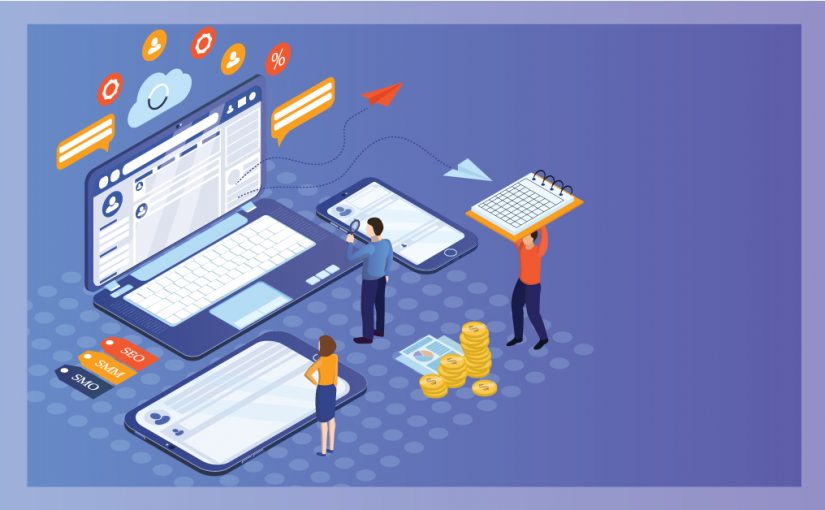The pandemic has altered the way men and women all over the country do business. On top of bringing seismic shifts to work and home life, the virus has taken a toll on many peoples’ psyche because of the isolation and loneliness it’s caused over the last seven months. This general malaise often extends into the workplace too, and it’s imperative that you help your employees cope with their stress and sadness in a timely, sensitive manner.
BetterUp has recently released a study which found that lonely workers are less satisfied with their jobs, receive fewer promotions, and, most importantly to your business, switch jobs at a far higher rate than those whose mental health are more stable. These lonely employees are also far more likely to switch jobs within the next six months, which means turnover in your company and the training of new staff and the costs of recruiting.
Epidemic Status
The issue of loneliness isn’t something new just due to the pandemic, even if the virus has expanded the complexity and scope of the problem. Workplace loneliness and fatigue problems have both been of increasing severity in the last decade, as many individuals are feeling disconnected from life in general; the problems have gotten so bad that some experts have started describing them as an epidemic. The virus has worsened these feelings, however, as many are home alone for extended periods of time. In such isolation, mental health quickly begins to degrade, and many are undergoing a sort of extreme form of “cabin fever.”
Humans need interaction and connectivity throughout the day, two essential components of life COVID-19 has invariably removed for most. Employees who are single and childless are at the greatest risk of mental health decline, as are those who are well educated and possess graduate degrees. To improve the lives of your workers and save money and time in the process, you should be tuned in to the mental health of your workers. Here are four steps you can take to mitigate their loneliness and isolation in these uncertain times.
Create Meaning In Daily Life
Undoubtedly the greatest step employers can take is to create a shared sense of meaning for their employees. Many today don’t feel as if their work has purpose or meaning and are struggling to stay enthusiastic and connected to what they do on a daily basis. Managers and other supervisors can counteract these feelings by taking time to speak to employees and connecting them to the work they’re doing.
Employee/manager communications are essential to help boost morale and demonstrate the worth of the work your workers have performing every day. It’s best to foster a shared sense of purpose for all of your employees, try to bring them together and know as a unit that what they’re doing is worthwhile and appreciated. Make an effort to single out many individual employees when they perform well and help unify them around a common goal, such as a project they’re working on. Recognition is a huge part of creating shared meaning and boosting morale for the entire office.
Check In Often
The virus has forced many workplaces to use Zoom and other video communications to connect for work purposes, but your employees want a deeper, more personal connection after work is done for the day. Your managers should take time out of their days to connect with employees on a more personal level, unrelated to work or Zoom. Regular phone calls are still good for connecting with people one on one, there’s no need for a video chat when calling in to ask about an employee’s day or home life.
The call should be totally unrelated to work; just two human beings having a chat about how the employee is doing and if there’s anything the manager can do to ease negative feelings at work. Whoever makes the call should open themselves up to vulnerabilities, just as you want your employee to do. Managers and supervisors have a story to tell during this pandemic too, and they should be free to do so to ease the minds of the worker.
Open Paths To Team Connections
Although difficult, it’s a smart idea to remake the kinds of connections and camaraderie that would be present in the office. Try and allow your employees to connect in the same organic way they would if they were all in the office during a regular year, chatting and making small talk to generally relieve their minds from the stress of work and life. This can be a difficult process, but there are a few steps you can take to create this sort of healthy work environment.
There are channels you can make on applications like Slack that allow your employees to share their feelings and interact with each other in a non-work context. You can also set up “social hangouts,” which are virtual meetings for your employees to join and chat with one another outside of work. Any method which allows them to meet and connect without having to worry about talking about their work is a great start to decrease loneliness and isolation.
Provide Mental Health Help
Your company’s health package should provide some form of mental health aid. It may be costly, but it’s well worth the peace of mind and psychological easing it will provide your employees. People all over the country are dealing with stress levels not seen in a long time and providing them with a mental health option will help them relieve this stress and tension.
Not only is this a generally ethical option to provide, your employees will also work more efficiently and effectively if they’re not mired in stress and fatigue throughout the day. Even if your employees are working from home, you should provide access to remote counseling or another form of mental health help. Do everything you can to ensure your employees are receiving the attention and care they need during these tumultuous times.
























